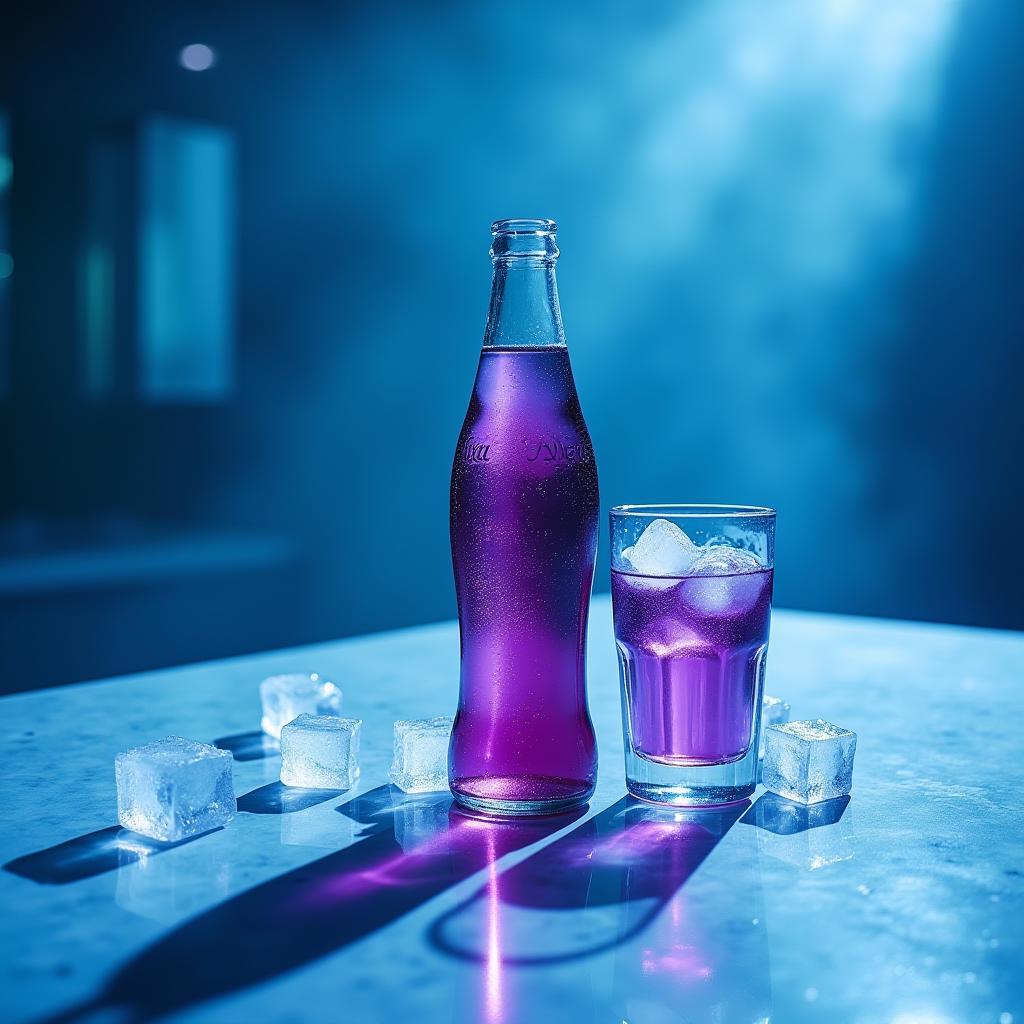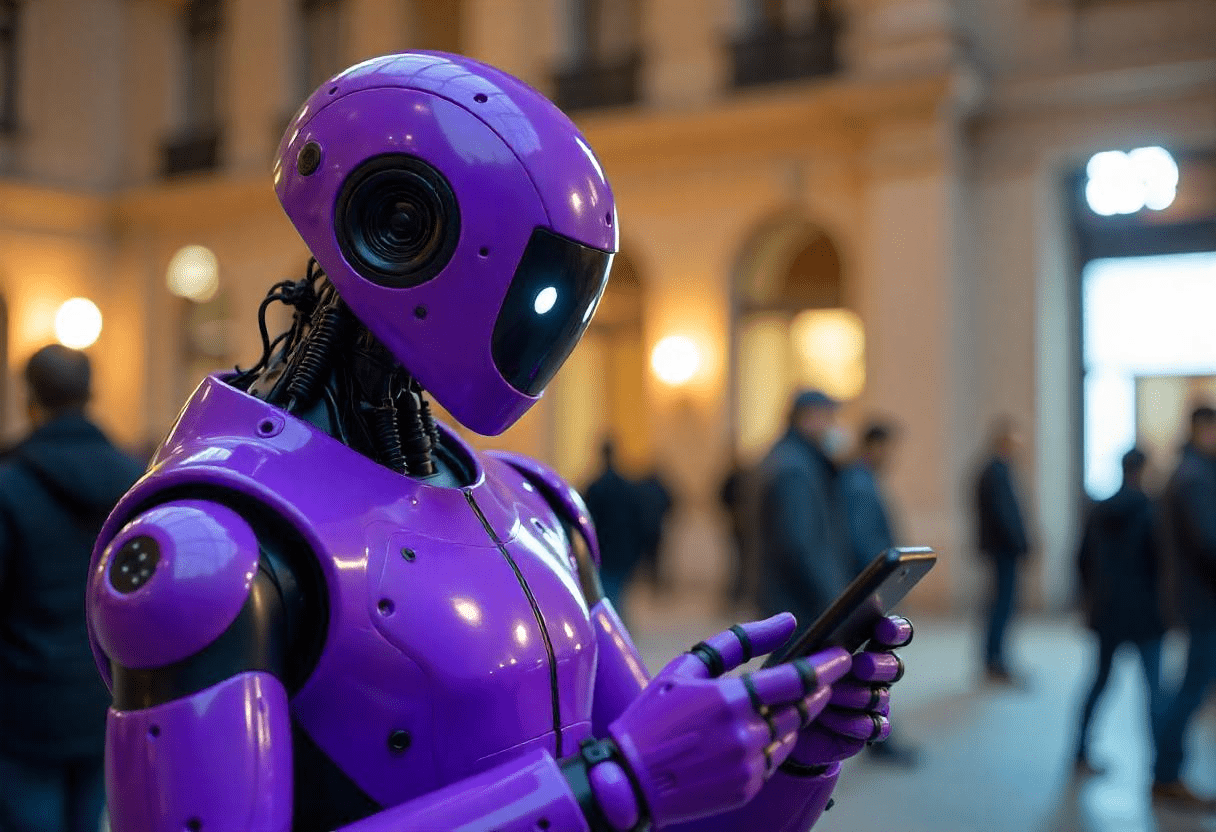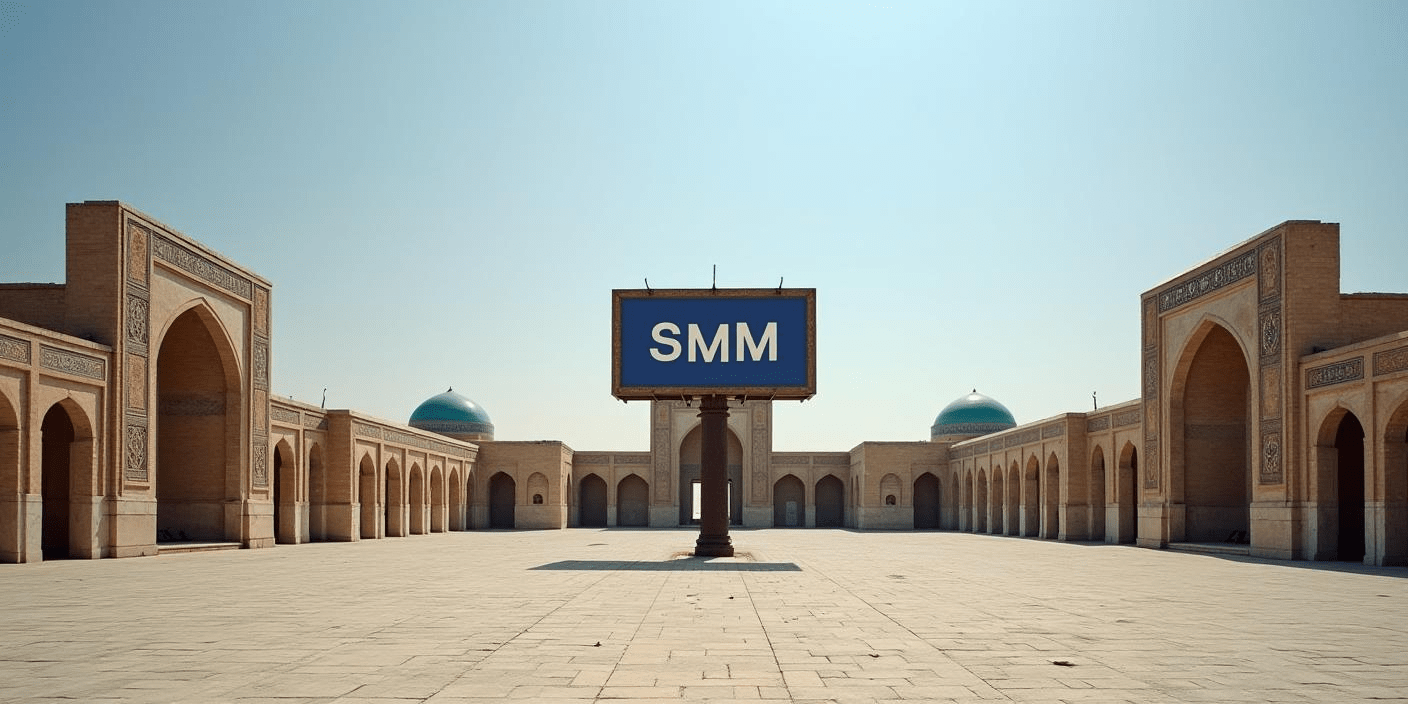What is nostalgia and how does it affect your business? We know the answer! When it comes to time perception, we rarely think about how we are affected by brand marketing strategies. But in fact, marketing has a huge power to shape not only our preferences, but also our perceptions of the past, present, and future. Companies often tap into our experiences, memories, and even dreams to create powerful emotional connections. In this article, we will explore how marketing plays with the perception of time — on a personal and collective level, and how brands integrate the past to win the hearts of their audience.
The "Nostalgia" effect: a return to the past
One of the most common strategies is to use nostalgia-memories of the “good old days". Brands often play this card to establish an emotional connection with consumers.
Examples
Coca-Cola he often returns to old advertising campaigns and uses retro logos and slogans. These elements evoke pleasant memories of the past in the older generation, while young people perceive it as something " vintage” and cool.
Nike in its retro lines, it revives the iconic sneakers of the 80s and 90s. This not only attracts fans of that era, but also causes a new audience to take an interest in the past.
This appeal to the past helps brands build strong emotional connections. When you see an old ad or recognize a long-forgotten logo, you feel that the brand has been with you “for a lifetime”, and this inspires confidence.

Collective perception of time: creating shared memories
Marketing not only affects personal memories, but also shapes the collective perception of time. Companies actively create events and campaigns that are remembered by many people at the same time, becoming part of mass culture.
- Olympic Games and brand sponsors like Coca-Cola or McDonald's create the moments we experience together. These events remain in our memory as important milestones of time.
- Major music festivals (for example, Coachella) is also becoming a platform for brands. They help shape a certain era, which is then associated with fashion trends, images, and even entire generations.
As a result, such major events and campaigns become “collective memories” that bring people together, creating a unique emotional connection with the brand. It's as if a particular product or event is part of your own story, even if you share it with thousands of other people.

Marketers aren't just limited to the past. Often, they shape our vision of the future, pushing us to make certain choices and lifestyles. Successful brands don't just sell a product — they offer a vision for the future, and we start to focus on that vision.
- Technology companiesCompanies like Apple and Tesla aren't just selling devices or cars — they're selling a future where people are surrounded by technologies that make life more convenient and productive.
- Fashion and the beauty industry is constantly presenting us with " future trends”, making us think that we can be one step ahead if we follow their advice. These projections of the future shape our expectations and desires. We strive to make this future a reality, and often associate it with the brand that first offered us this “picture”.
The skill of brands is that they skillfully mix time dimensions, creating multi-layered and deeply emotional campaigns. Here's how it works:
- The past: retro-design, references to cultural phenomena of the past, restarting old products.
- Present: use up-to-date memes, events, and technologies to stay “on-topic” and be as relevant as possible.
- Future: promises of an improved life, presentations of innovations that will change the world.
Brands often turn to emotional anchors in the form of memories or ideals, creating the feeling that they are part of something more than just a product. For example, an ad campaign Levi’s it can focus on the generations that have worn their jeans, from hippies to millennials, thereby showing that they are with us through time. As you can see, nostalgia is everywhere.
Personal Emotions and Marketing: How Brands are becoming a Part of Our Lives
When marketing appeals to our memories, it becomes part of our personal history. Sometimes this is due to a product that was with us at key moments in our lives: our favorite childhood toys, our first car purchase, or our prom clothes. Brands try to remind us of these moments to evoke feelings of warmth and appreciation.
For example, Disney it often appeals to children's memories of fairy tales and cartoons. As an adult, a person remembers those times with special warmth and often passes this love on to their children, creating a continuous connection between generations. I'm sure you were immediately nostalgic.








